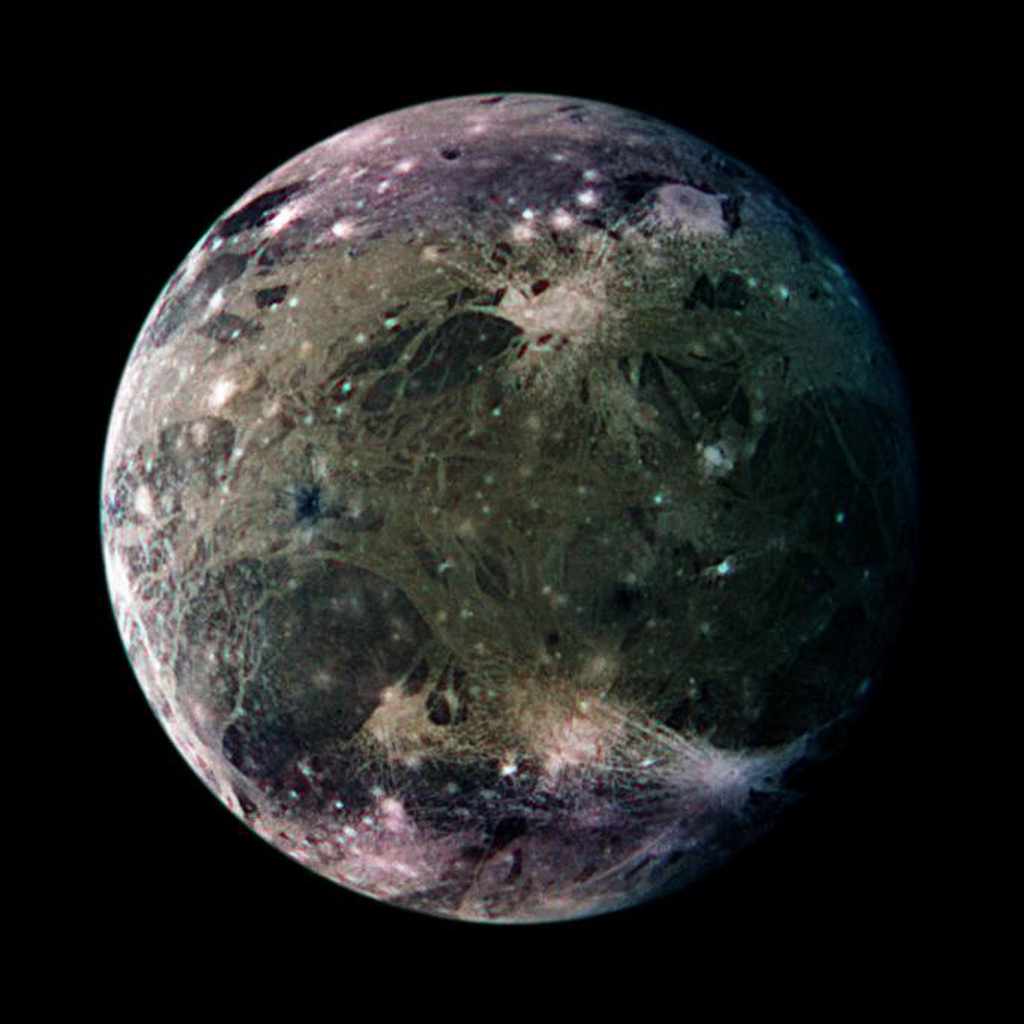Four hundred years ago Galileo made a discovery that fundamentally shaped our understanding of the universe and our place in it. Using his powerful telescope he observed that the planet Jupiter had moons, which he initially thought to be planets.
In March 1610, Galileo published his discoveries of Jupiter’s satellites and other celestial observations in Siderius Nuncius (The Starry Messenger). The scientific proof supported the Copernican heliocentric theory that the Sun is at the centre of the Universe, not the Earth.
NASA’s recently published photos, taken by the Juno Jupiter probe in December 2019, have provided us exciting new insights into the largest moon in the solar system.
According to Alessandro Mura, a Juno co-investigator at the National Institute for Astrophysics in Rome, the mapping of the north polar regions of the icy satellite Ganymede in infrared light has revealed a “phenomenon that we have been able to learn about for the first time with Juno because we are able to see the north pole in its entirety. The data show the ice at and surrounding Ganymede\’s north pole has been modified by the precipitation of plasma.\”

